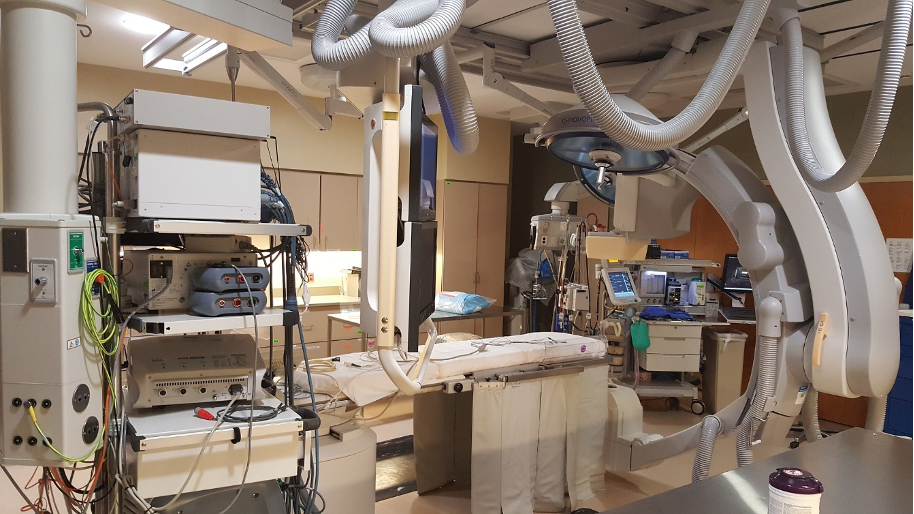Find out how transatlantic TARGET project is shaping a new generation of T-rays
X-rays and T-rays
X-ray is an example of a kind of light we cannot see. Although our eyes cannot see X-rays, we currently have the technology to emit such X-ray light and extract from it sound conclusions that can be extremely valuable in many different areas.
“For example, X-rays can be used in humans to detect broken bones since the light penetrates the skin and muscle but are absorbed by bones. This is an example of how not-visible light interacts with different materials and provides very useful information. A different type of light is in the terahertz light, or also known as T-rays”. This is how Alexandre Chícharo, Research Fellow at the International Iberian Nanotechnology Laboratory (INL), frames the challenge behind TARGET – an exploratory research project promoted by the UT Austin Portugal Program.
TARGET – TeraHertz Sources using Graphene Field-effect transistor aims at developing the next-generation Terahertz emitters, i.e., emitters that are miniaturized, easy-to-operate, capable of integration with other devices and work at room conditions. “Developing new compact light T-ray sources that can be operated in room conditions” is a very important goal, reinforces the researcher. “Not much is known in this field as there are very few sources that can emit the T-rays. Scientists are very interested in developing these sources to understand how they interact with materials, similar to the bone inspection with X-rays”, but in a more compact and not so demanding way, therefore facilitating their exploration work.
Steps in the process
Despite the difficulties, the team of researchers involved in this project relies on new functional materials, such as graphene, to unravel some issues. “Graphene is an atom-thick super material that is expected to emit T-rays under special conditions”, claims Alexandre Chícharo TARGET’s Principal Investigator (PI) in Portugal. On the other side of the Atlantic, Chícharo counts on Daniel Wasserman, from the Cockrell School of Engineering’s Department of Electrical and Computer Engineering, as the project’s PI at UT Austin.
Started in August 2020, the project TARGET is funded through the 2019 Call for Exploratory Research Projects and is on its way to success. “As the THz polarizer was very successful, we have now applied for a patent. The THz emitter is currently being developed on a good track and requiring more time for its development, measuring the THz intensity and validating with simulation results.”
Basically, there are three steps to develop graphene Terahertz emitters. First, constant mathematical simulations with the proposed materials. Together with testing different materials and patterning these emitters at the nanoscale, these results provide a continuously accurate basis for the fabrication of the THz emitters, the second step. Finally, the last stage aims at detecting and measuring the THz from the emitters using new equipment developed. “Overall, we are on the right track considering delays due to the constrictions of the current pandemic”, claims the researcher.

Hard work and engagement
Alexandre states that this is an exceptional occasion for science in general. “Personally, I’m very excited and honored for this unique opportunity, and also to be working with state-of-the-art materials and equipment that INL offers. It has also been a real pleasure working with new collaborators: simulation experts Hugo Terças and Pedro Cosme from IPFN(Institute for Plasmas and Nuclear Fusion, Lisbon, Portugal) and overseas expert in far-infrared to THz detection – Daniel Wasserman from the Mid-IR Photonics Lab at UT Austin (Austin, USA).”
The project’s success will have a relevant outcome for society and markets, with applications that include imaging in astronomy, spectroscopic techniques, security screening applications, biosensor devices, among others. Right now, it is only halfway through. “Much is unexplored with this type of THz devices and we aim to shine a light on this new research field. We can anticipate an upcoming exponential growth of applications, techniques and functional devices in different areas that will be used in our lives.” We can’t wait to see TARGET meeting further targets.

